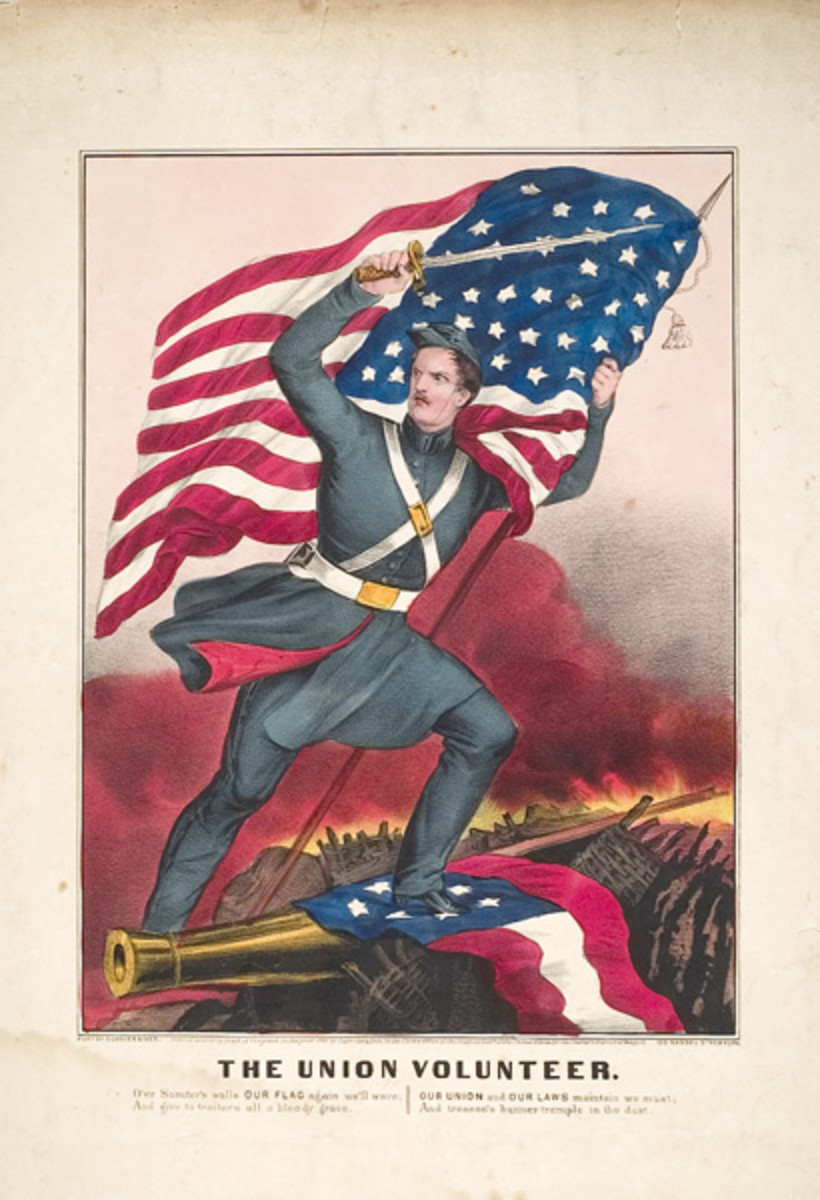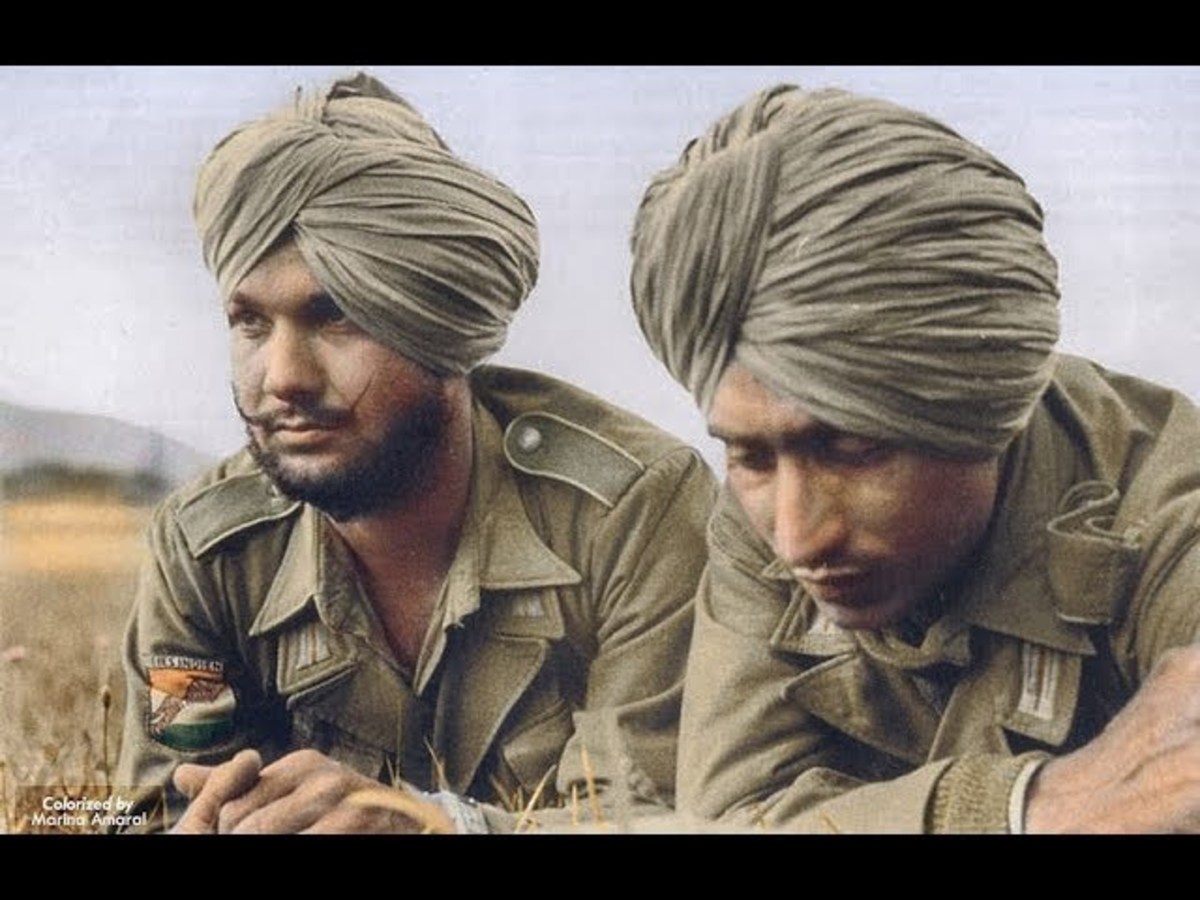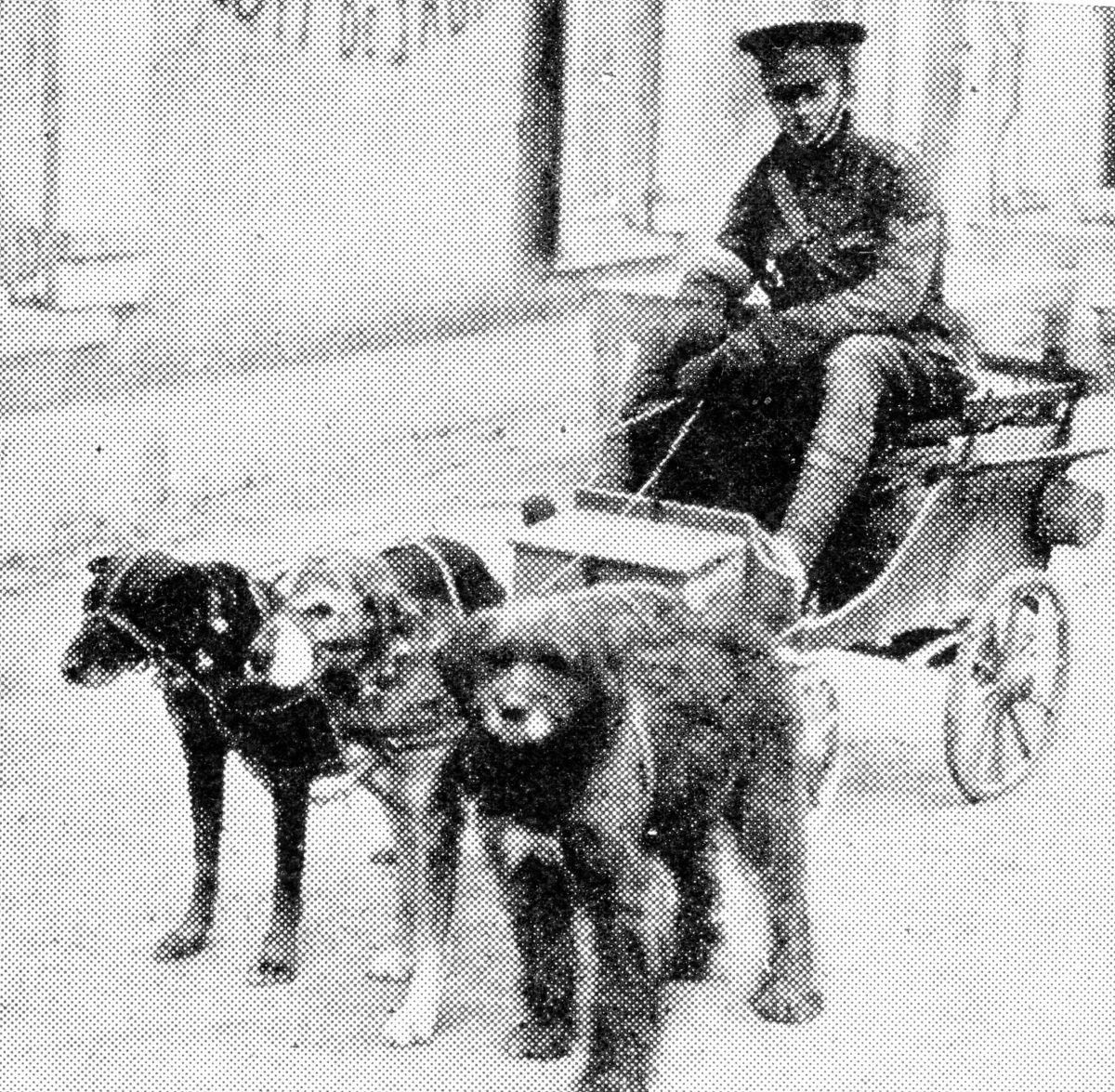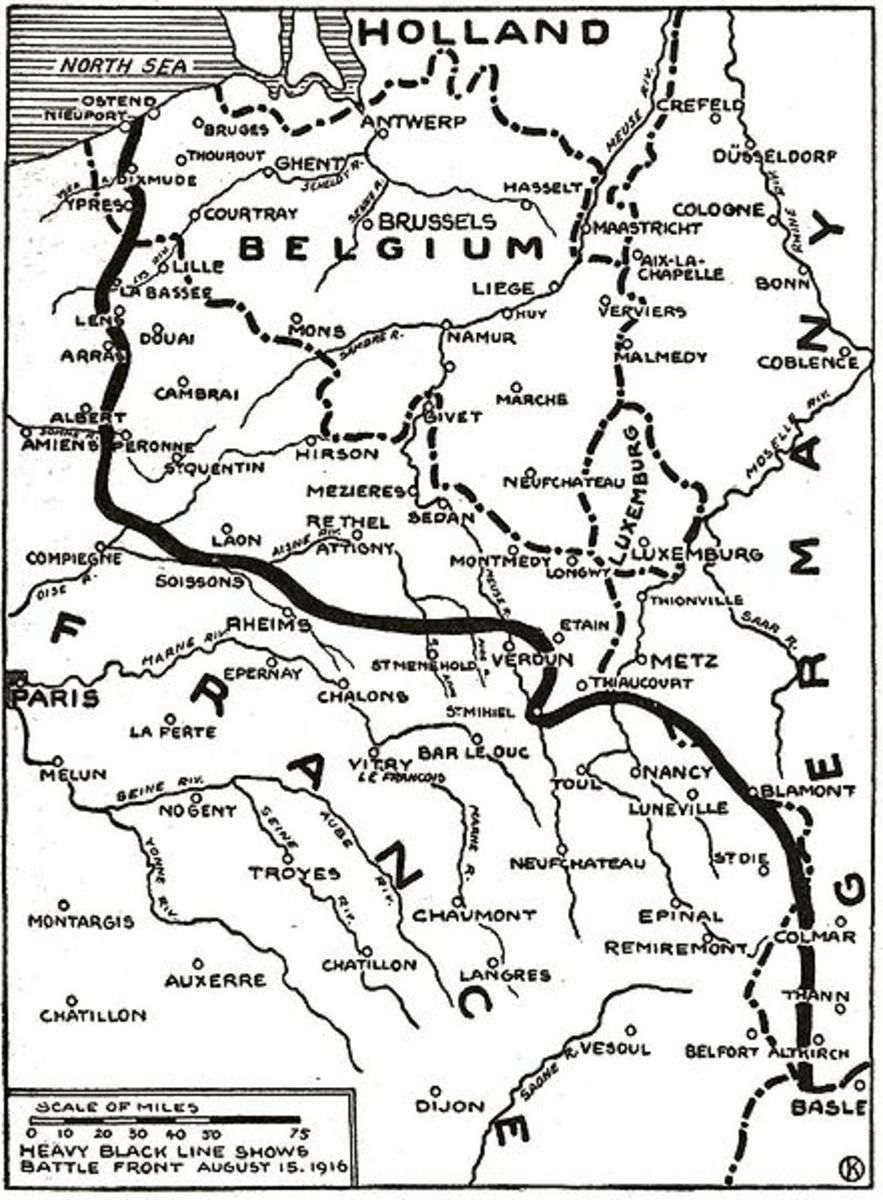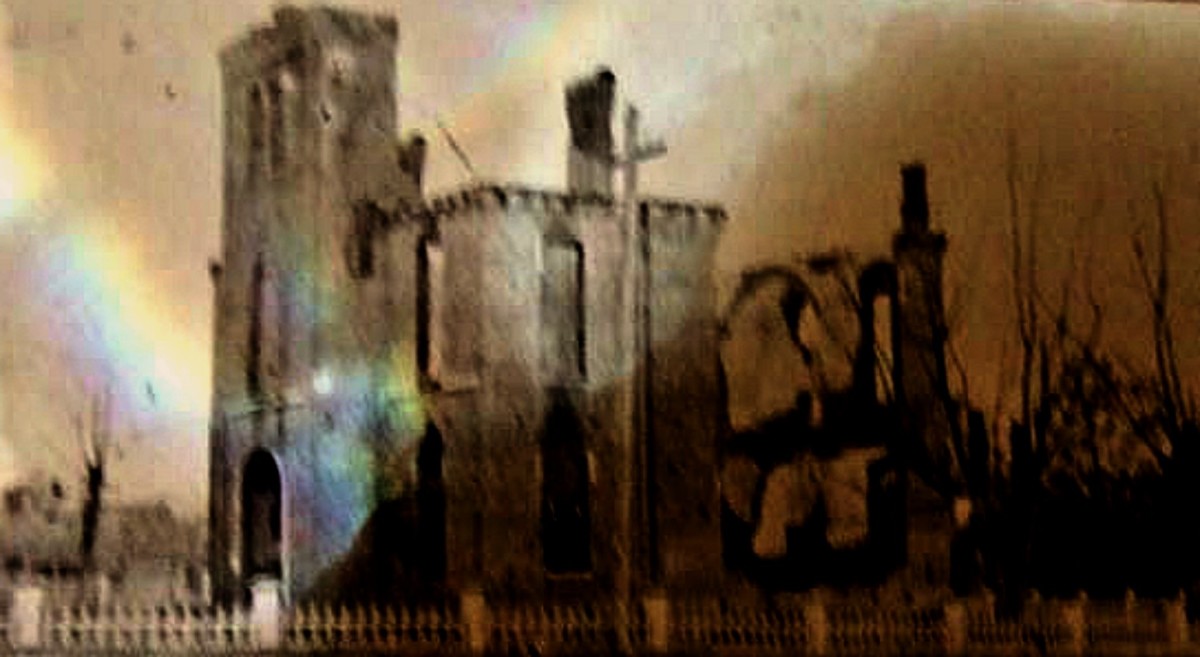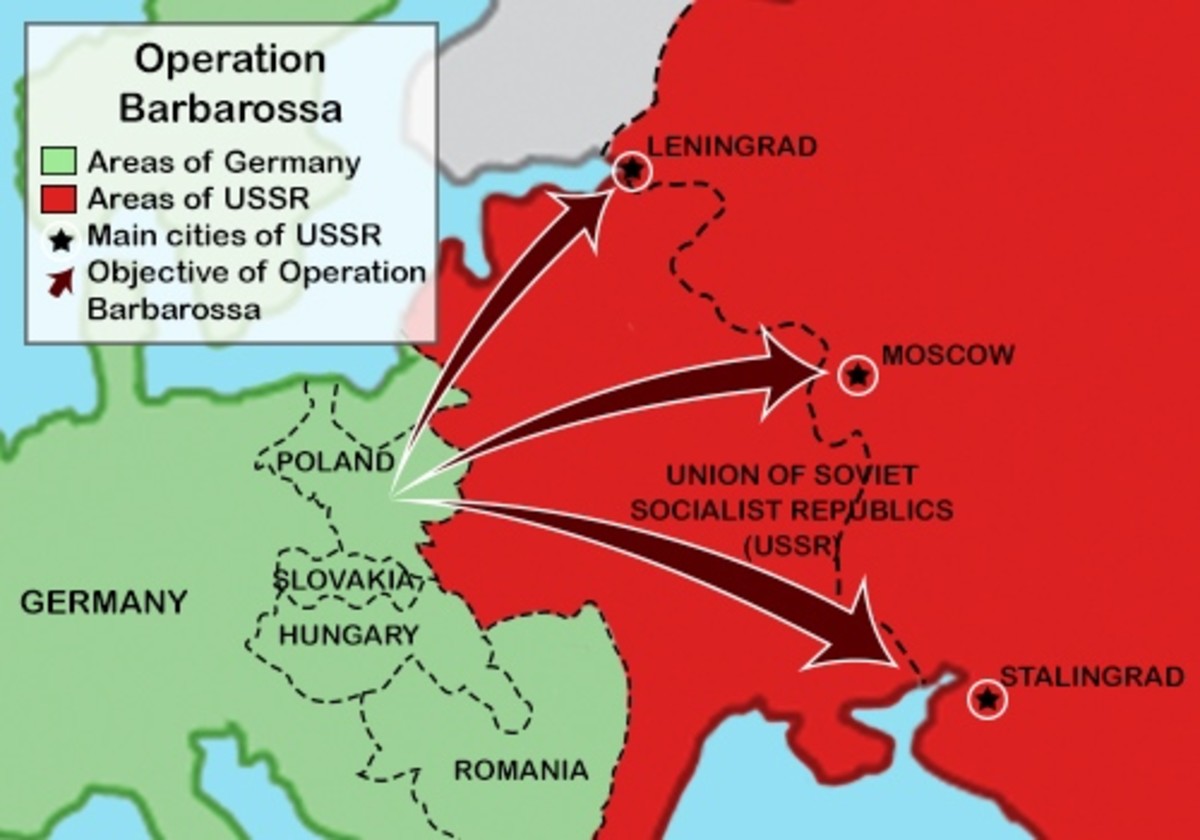World War 2 The Home Front (The Home Guard) WW 2
The Home Guard
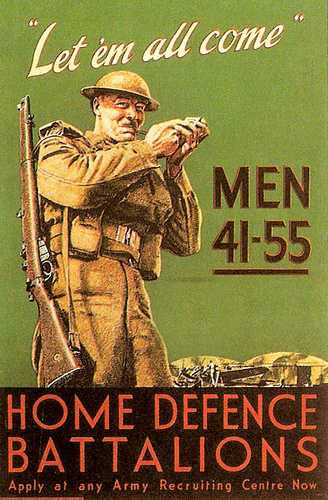
Dads Army
Britains Last line of defence against a German invasion during World War 2 were the Volunteers who joined the Home Guard, originally called the Local Defence Volunteers. The men who were aged between 41 and 55 were considered too old to join the regular army fighting on the various fronts and gained the nickname Dads Army.
On May 14th, 4 days after the outbreak of WW2 The Government made an urgent appeal on national radio for volunteers between the ages of 17 and 65 who were not already a serving member of the armed forces to become part time soldiers, volunteers were asked to sign up at their local police stations.
Within 24 hours of the appeal being aired 250,000 men had signed up by the end of July 1939 the number of volunteers had risen to over 1,250,000 5 times more than the regular army in peacetime.
It was Winston Churchill himself who was responsible for the change of name from Local Defence Volunteers in 1940 to The Home Guard, claiming that the Local Defence Volunteers name was uninspiring he was also keen to ensure that The Home Guard began to receive proper military training.
Home Guard Armband
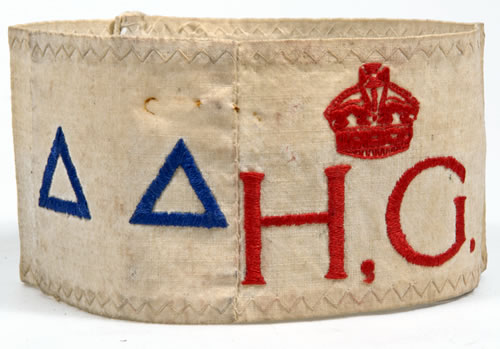
Dad's Army (popular 1960s tv serial based on the homeguard)
The Home Guard
The Volunteers were made up mainly of men whos jobs were classed as essential such as farmers, doctors, bankers, bakers, grocers, railway workers, and miners other volunteers included men who were either too young or too old to join the regular army.The age range of 17- 65 was not strictly enforced some old soldiers even in their 80s were known to have signed up.
It was a while after the initial radio appeal before any of the volunteers began to feel like or even look like soldiers until they were issued with uniforms they wore armbands over their normal clothes. It took months for their uniforms to arrive and when they eventualy did get to them they were often incomplete a missing hat or jacket or even trousers. weapons were also slow to get to the volunteers and most of them had to make their own, pitchforks, kitchen knives, golf clubs, broom handles, rolled up umbrellas and some were even known to carry small bags of pepper to throw into the faces of the enemy should they get close enough.
some of the ex millitary did have weapons from their time spent in the forces such as shotguns, blunderbusses and service revolvers, and some carried swords.
When weapons were finally sent ot to the men it was mainly a selection of old rifles from the first world war, sten guns and the men felt rather let down by the belated offerings.
The Home Guard's Colonel-in-Chief King George VI
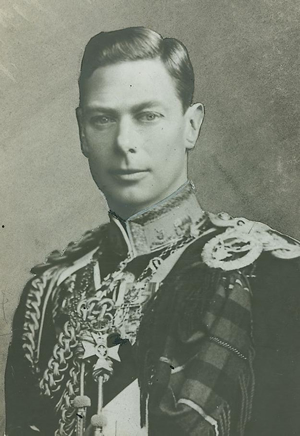
The Last Line of Defence
During the Blitz of London in September 1940 The Home Guard became more respected by the general population of Britain but as a civil defence organisation rather than an anti-invasion force, they helped clear rubble from the bombings, stood guard outside damaged shops and banks, to prevent looting, and helped out with the police and firefighters when needed.
Luckily The Home Guard were never required for their initial purpose throughout the whole of the war because the feared invasion never happened.
By 1943 when it was clear that the Germans were on the retreat and heading for defeat interest in The Home Guard began to wain,many members failed to show up for training sessions and The Home Guard began to go into a slow decline.
In November 1944 The Home Guard without pomp or ceremony was disbanded, there was no financial reward given to the men or even medals but Winston Churchill insisted that the men should be at least allowed to keep their unifoms and boots.
On , 3 December 1944, at a farewell parade for The Home Guard was held in Hyde Park, , the Home Guard's Colonel-in-Chief King George VI, declared: 'History will say that your share in the greatest of all our struggles for freedom was a vitally important one.'
1,793,000 men joined The Home Guard during The Second World War
1,206 men died on duty
557 men suffered serious injuries.


